Getting started in permaculture:
If you’d like to get started in permaculture, here are a few steps to follow. First of all, it’s important to understand that permaculture isn’t just about growing vegetables in a garden.
It encompasses all aspects of life, from food and housing to energy and human relations.
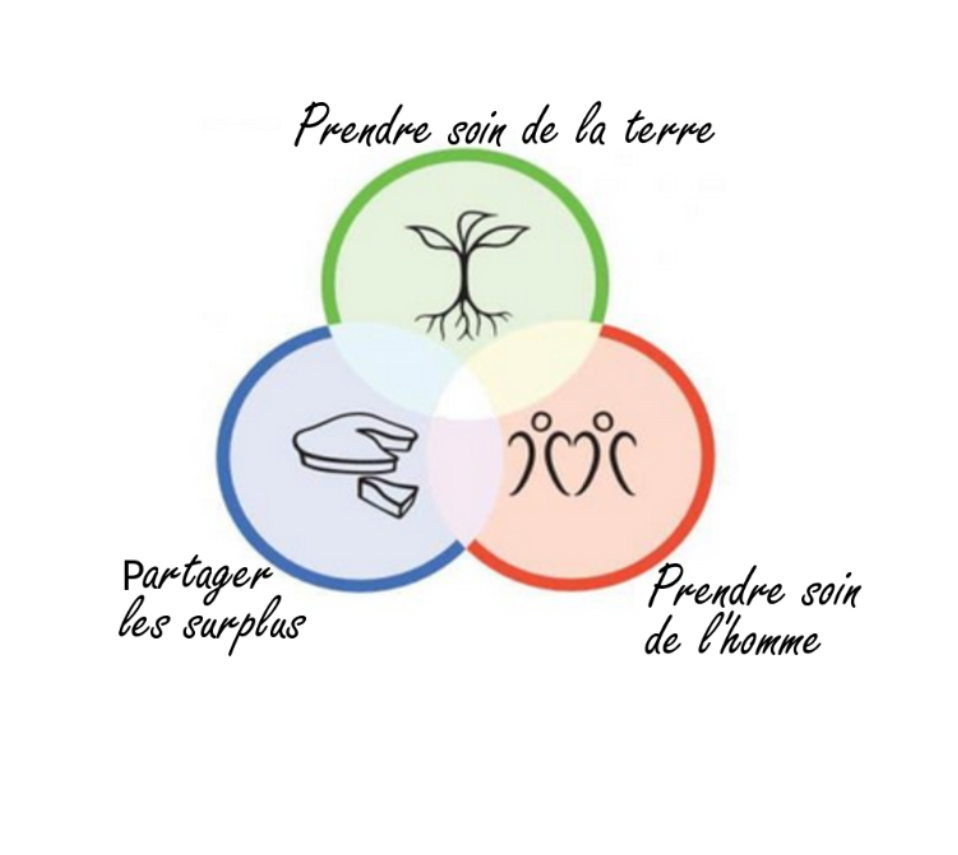
Step 1: Observe
But to begin with, we’ll concentrate on creating a permaculture vegetable garden. The first step is to observe and analyze your environment. What are the soil characteristics? Take the time to observe the flora and fauna in your garden. This will help you plan your vegetable garden more effectively. Then it’s time to prepare the soil.
Step 2: stop ploughing and other tillage:
Unlike conventional methods, permaculture favors minimal tillage. Use a grelinette, a tool that loosens the soil without turning it over. Add compost, potting soil and organic matter to enrich the soil with nutrients. Once the soil has been prepared, you can start planting.
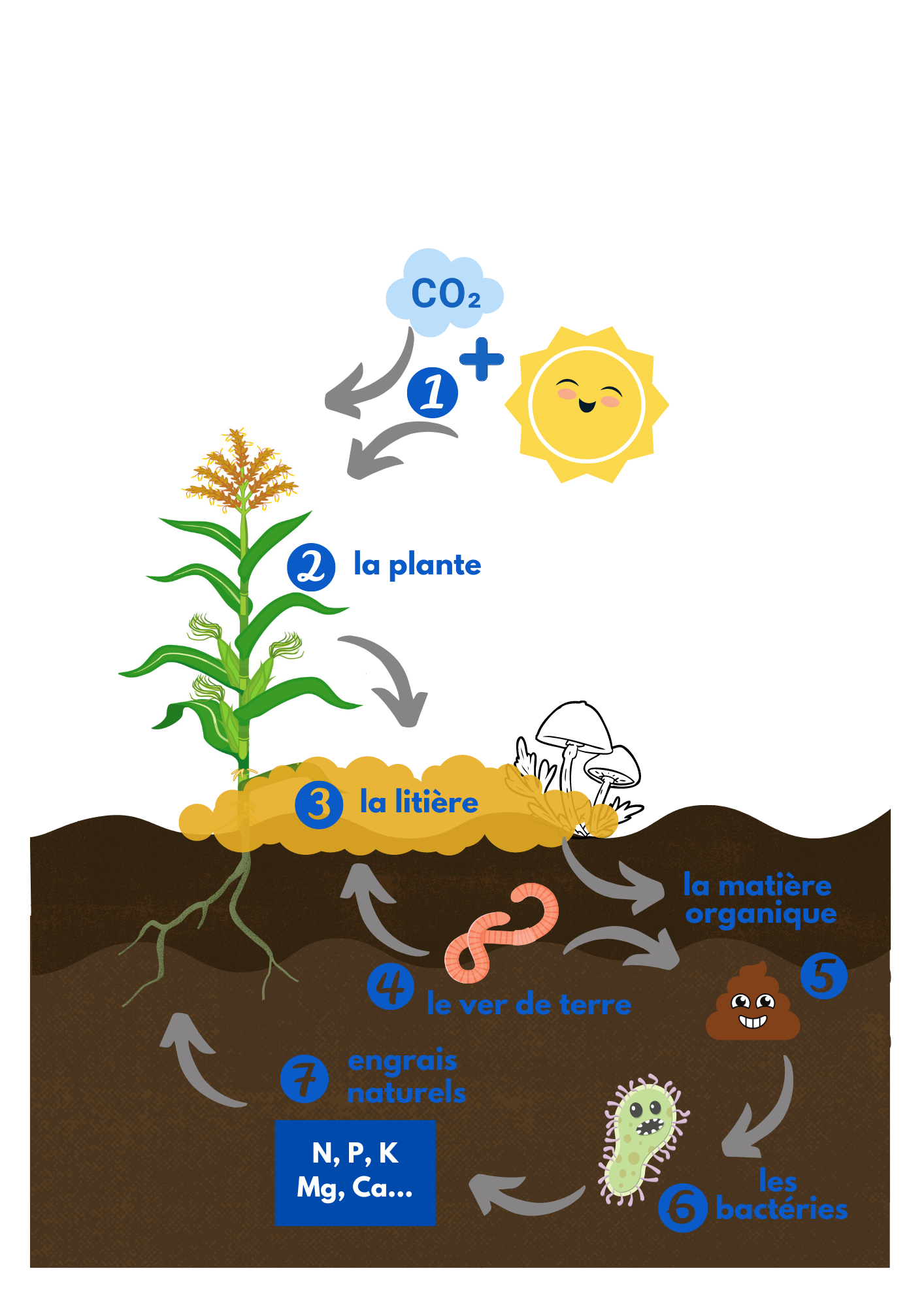
Step 3: encourage biodiversity
Permaculture encourages crop diversity and uses plant association and crop rotation methods to prevent the appearance of diseases and pests. Adopt techniques such as plant companionship, where crops mutually benefit from their interactions (as in the case of basil and tomatoes).
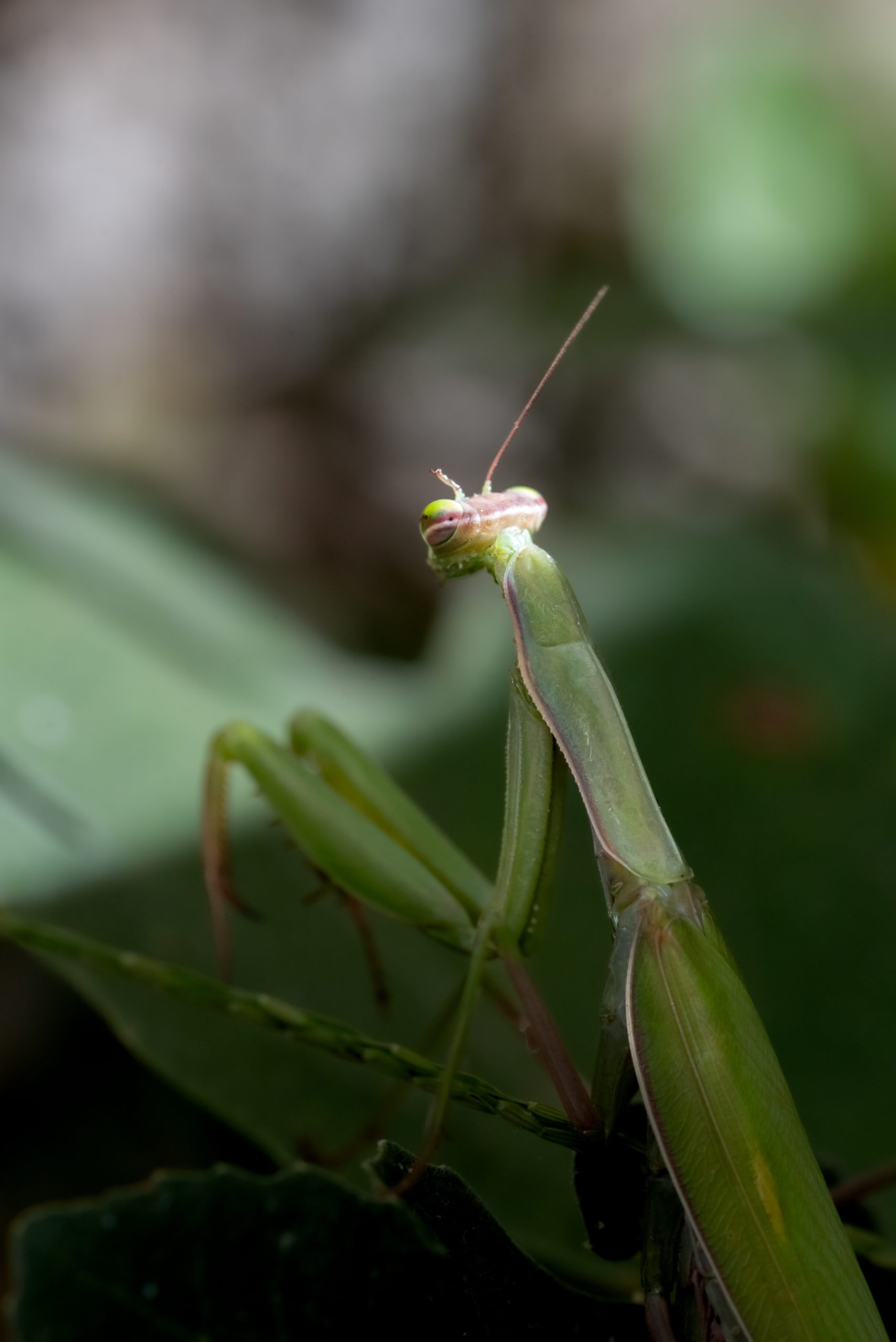
Step 4: planting seeds
When planting, use seedlings rather than seeds to get your permaculture vegetable garden off to a good start.
Sowing your own seedlings saves you money, but above all, it gives you the freedom to choose from our vast biological heritage!
Choose vegetables such as tomatoes, lettuces, zucchinis, beans and strawberries. These plants are easy to grow and provide a good harvest.
Here is our article on how to successfully sow tomatoes
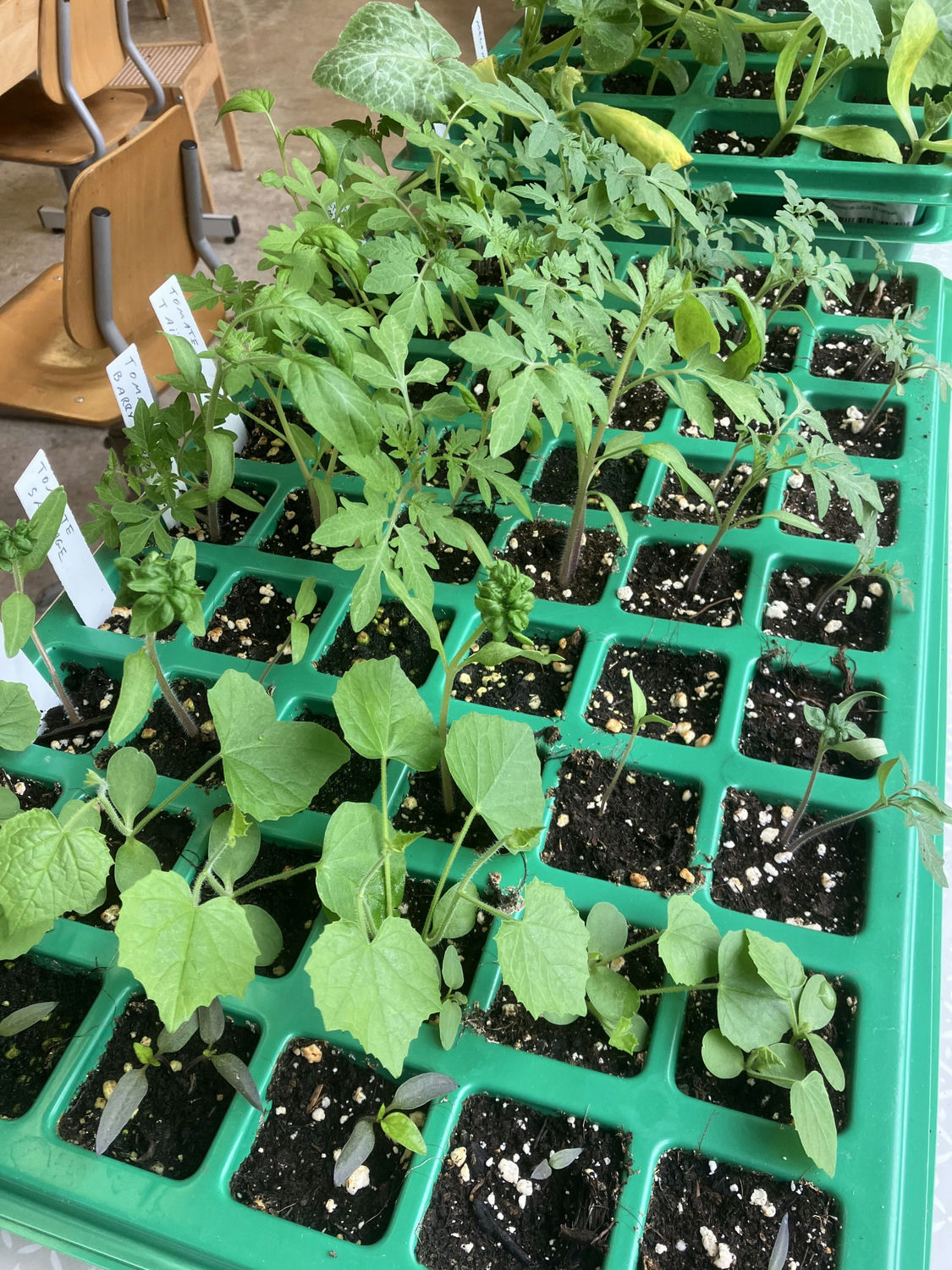
Step 5: « Bare soil, ruined soil! »
Once you’ve planted, remember to mulch your vegetable garden. Mulching, whether with straw, dead leaves or garden waste, conserves soil moisture, smothers weeds, protects UV-sensitive soil life and nourishes the soil with organic matter over time.
Click here to read our article on soil fertility
Below, a clod of soil from one of our gardens (no-till) vs. our neighbor’s soil, ploughed for over 30 years.
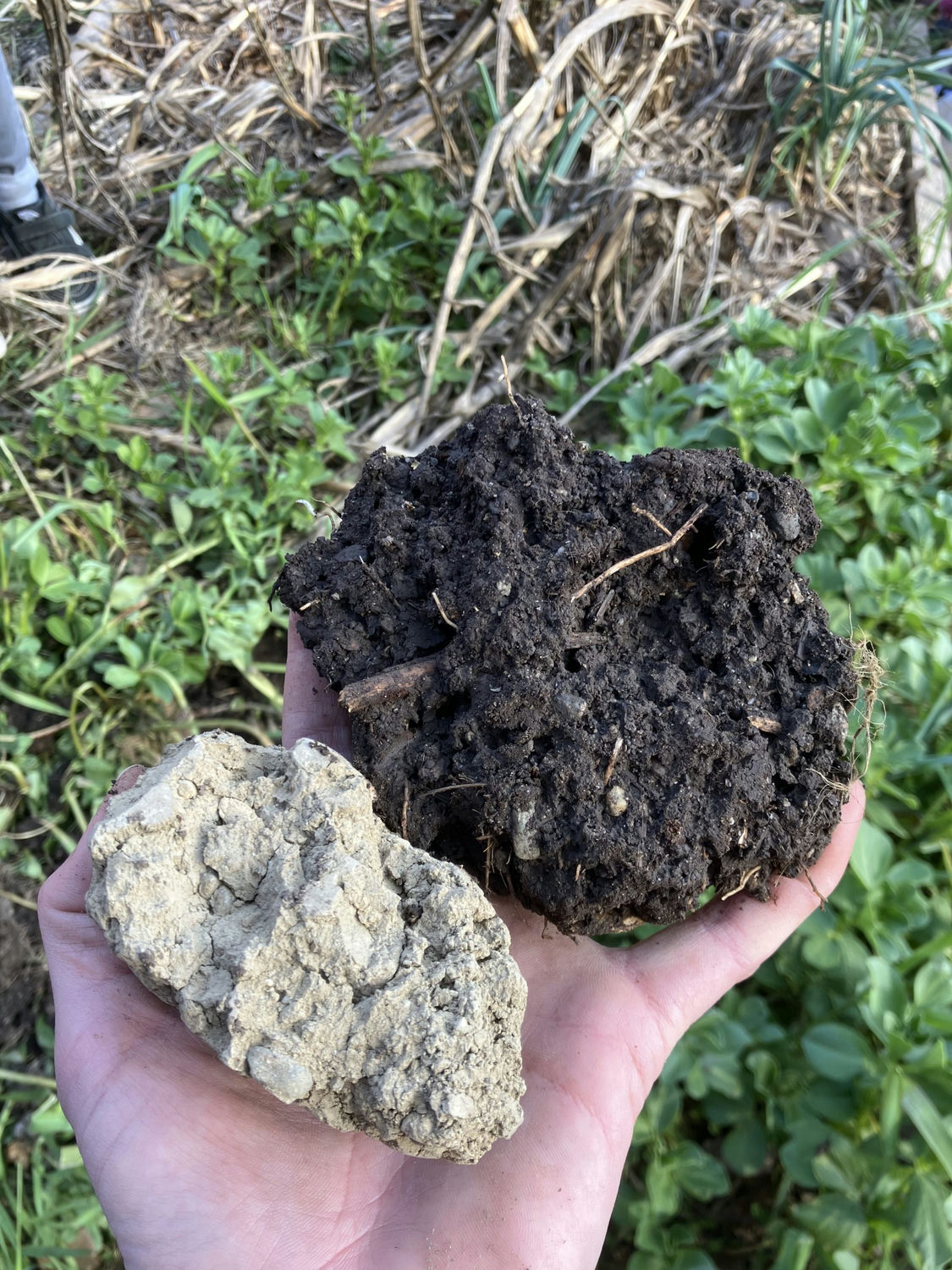
Step 6: Feed slugs to reduce slug problems
To protect your vegetable garden from pests, promote biodiversity and encourage the arrival of beneficial insects, such as earthworms, ladybugs and bees. They will feed on pests and maintain a natural balance in your garden.
Feeding slugs will cause their numbers to explode, which in turn will attract their predators, which in turn will reduce slug numbers.
Finally, remember that permaculture is a continuous learning process. Be patient and observe the results of your actions. Analyze what works and what doesn’t, and adjust your approach accordingly. In short, getting started in permaculture requires observation, analysis and patience. By following these steps, you can create a permaculture vegetable garden that will provide you with nutritious fruit and vegetables while preserving the environment.
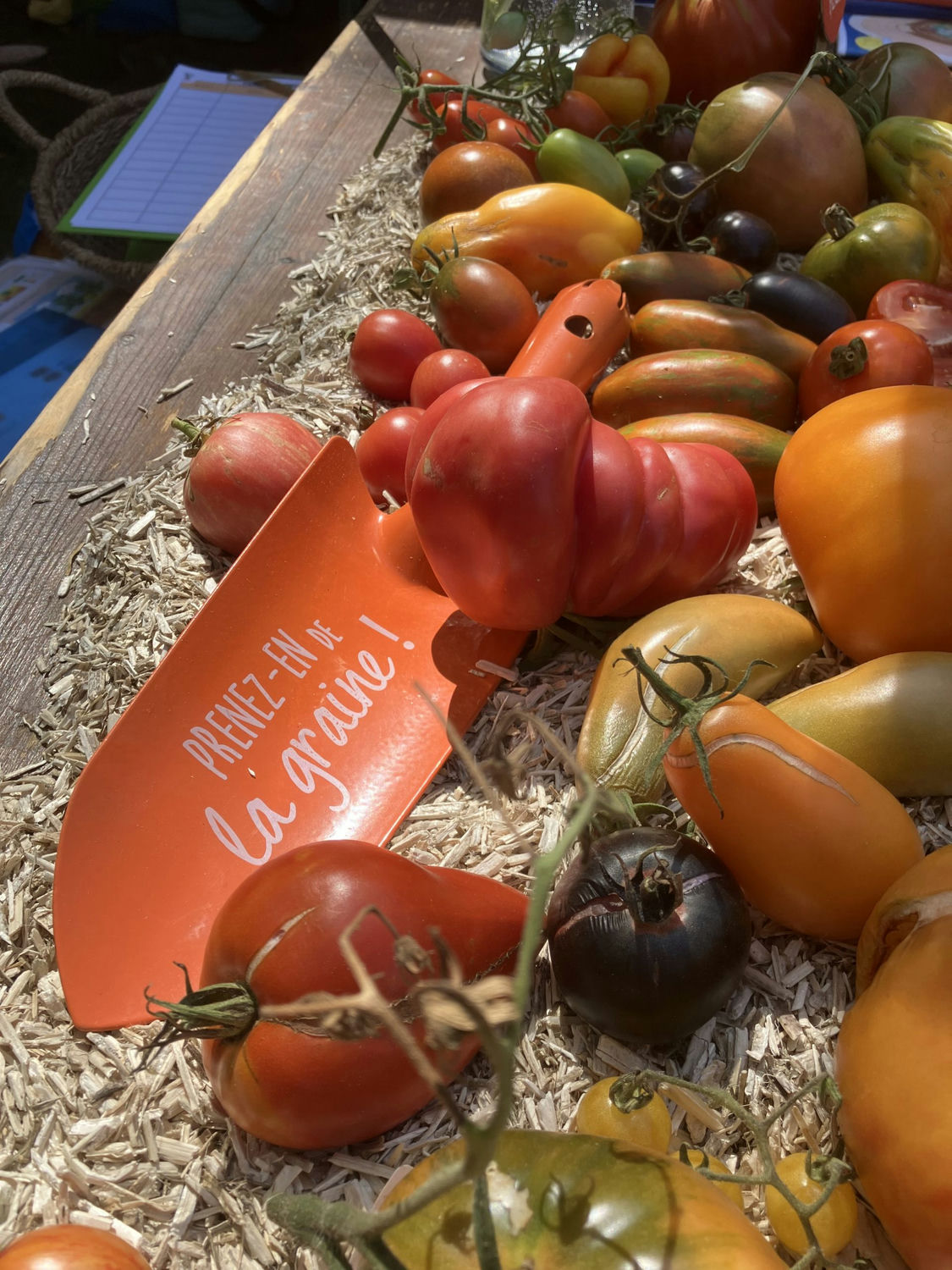
To find out more:
If you’d like to learn about permaculture in Geneva or the French-speaking part of Switzerland, check out our events page for upcoming dates.
